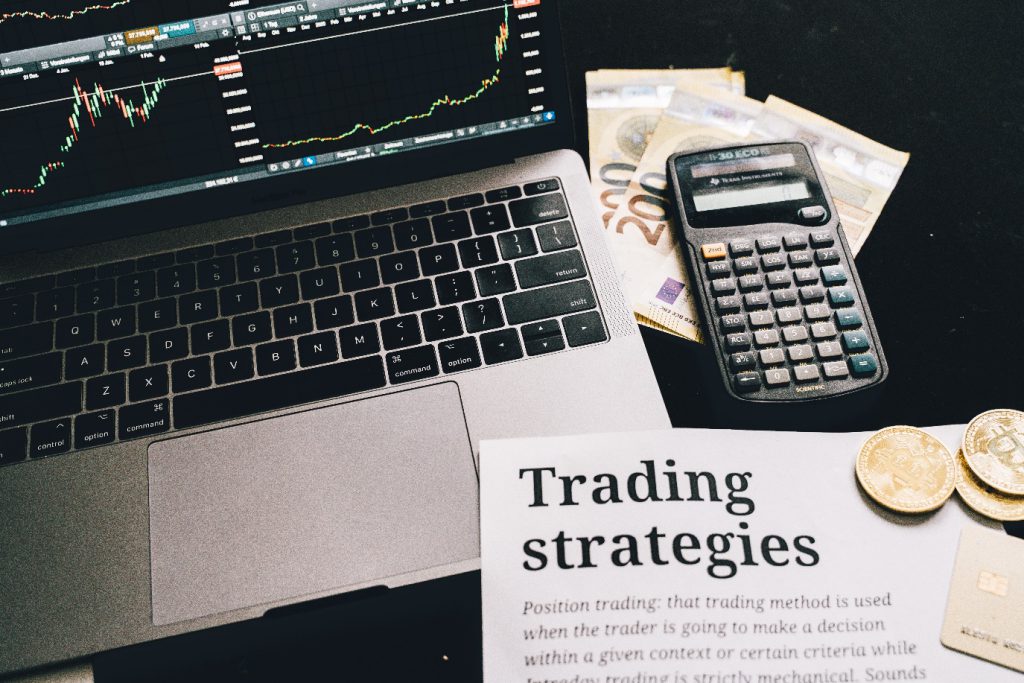Developing your own Forex trading strategy can be a rewarding journey towards financial independence and success in the dynamic world of currency trading. Understanding the fundamental principles of the Forex market, identifying key factors that influence trading decisions, and mastering the art of crafting a personalized strategy are essential steps for any aspiring trader. In this comprehensive guide, we will delve into the intricacies of developing a robust Forex trading strategy, exploring the various types of strategies, key considerations, testing methodologies, risk management techniques, and tools that can aid in your trading endeavors. Whether you are a novice looking to enter the market or a seasoned trader seeking to refine your approach, this guide will equip you with the knowledge and skills needed to navigate the complexities of Forex trading with confidence and precision.
# The Ultimate Guide to Developing Your Own Forex Trading Strategy
## Understanding the Basics of Forex Trading
### Introduction to Forex Market
Welcome to the world of Forex trading, where currencies are bought, sold, and sometimes just hang out, hoping for a good time. It’s like a global marketplace where you can swap your hard-earned bucks for euros, yen, or whatever tickles your fancy.
### Key Terminology in Forex Trading
Before you dive into the thrilling world of Forex trading, you’ll need to be fluent in the language of pips, spreads, and leverage. It’s like learning a new dialect, but with potentially more money involved.
## Factors to Consider When Developing a Trading Strategy
### Risk Tolerance and Capital Allocation
How much risk can you handle without breaking into a cold sweat? And how much of your money are you willing to put on the line? These are essential questions to ponder before you start throwing cash at the charts.
### Timeframes and Trading Styles
Are you a patient trader who likes to watch paint dry, or do you prefer quick, adrenaline-pumping trades? Your trading style and timeframe can make or break your strategy, so choose wisely.
## Types of Trading Strategies in Forex
### Trend Following Strategies
Riding the wave like a cool surfer, trend following strategies involve hopping on board a trend and riding it until the sun sets. Just remember, even waves eventually crash, so watch out for those pesky reversals.
### Counter-Trend Strategies
For those who like to swim against the current, counter-trend strategies involve going against the prevailing market direction. It’s like being a contrarian at a party—bold, risky, and occasionally brilliant.
## Steps to Creating Your Customized Trading Strategy
### Define Your Trading Objectives
What are you in this game for? To become a Forex rockstar, build wealth, or just have some fun? Defining your trading objectives is like setting a GPS destination—it helps you stay on course even when the road gets bumpy.
### Analyze Market Conditions
Before you jump headfirst into trading, take a step back and analyze the market conditions. Is it choppy like an ocean storm, or calm like a summer day? Understanding the current state of the market can help you make smarter trading decisions.
So there you have it, a whirlwind tour of developing your very own Forex trading strategy. Remember, in the world of Forex, knowledge is power, but a sprinkle of luck never hurts! Happy trading, amigos!**Testing and Refining Your Forex Trading Strategy**
So, you’ve got a brilliant idea for a forex trading strategy – time to put it to the test! Backtesting and forward testing are like the Sherlock and Watson of trading – they help you investigate and validate your strategy.
**Backtesting** involves analyzing historical data to see how your strategy would have performed in the past. It’s like peeking into a crystal ball, minus the mysticism. If your strategy worked well in the past, it might just work in the present (fingers crossed).
**Forward Testing**, on the other hand, is like taking your strategy out for a test drive in real-time market conditions. It’s where theory meets reality, and you find out if your strategy is a champion or a dud.
And remember, keeping a trading journal is not just about venting your trading frustrations (though it helps). It’s about tracking your trades, analyzing your decisions, and learning from your wins and losses. It’s like having a diary, only with more dollar signs.
**Managing Risk and Setting Realistic Goals**
Now that you’ve got a strategy in place, it’s time to play defense and offense at the same time – implement stop loss and take profit levels like a pro. These are like your trading bodyguards, protecting your gains and limiting your losses.
And setting realistic profit targets is essential – don’t aim for the moon when you’re barely off the launchpad. Rome wasn’t built in a day, and your trading account won’t double overnight. Set achievable goals and celebrate the small wins along the way.
**Incorporating Analysis and Tools into Your Strategy**
It’s time to whip out your trading toolbox and get fancy with technical analysis tools. From moving averages to Fibonacci retracements, these tools can help you make sense of the market trends and patterns. Think of them as your trading sidekicks, always there to lend a hand.
And let’s not forget about fundamental analysis considerations – because sometimes, what moves the market isn’t just numbers and charts but real-world events and economic data. Keep an eye on the news, economic indicators, and global events to stay ahead of the curve.
**Fine-Tuning Your Strategy for Long-Term Success**
Trading isn’t a sprint; it’s a marathon – and that means constant evaluation and adaptation. Market conditions change, trends evolve, and strategies need to be updated accordingly. Stay agile, stay alert, and be ready to pivot when needed.
And remember, learning is a lifelong journey – seek continuous improvement and stay hungry for knowledge. Read trading books, attend webinars, follow market experts – absorb information like a sponge, and watch your trading skills grow. Adapt, evolve, and thrive in the ever-changing forex jungle.In conclusion, developing your own Forex trading strategy is a crucial aspect of becoming a successful trader. By understanding the intricacies of the market, honing your analysis skills, and continually refining your approach, you can enhance your trading performance and achieve your financial goals. Remember, trading in the Forex market requires patience, discipline, and a willingness to adapt to changing market conditions. With the knowledge and insights gained from this guide, you are well-equipped to embark on your trading journey with confidence and clarity. Here’s to profitable trades and continued growth in your Forex trading endeavors.









Facebook Comments